Copernic unveils platform with sale of lunar payload
Thursday, 17 February 2022 19:23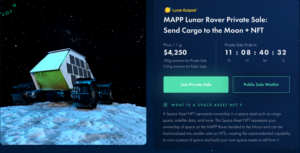
Copernic Space, a Los Angeles startup, unveiled its blockchain-powered platform for selling space assets.
The post Copernic unveils platform with sale of lunar payload appeared first on SpaceNews.
Copernic Space unveils platform with sale of lunar payload
Thursday, 17 February 2022 19:23
Copernic Space, a Los Angeles startup, unveiled its blockchain-powered platform for selling space assets.
The post Copernic Space unveils platform with sale of lunar payload appeared first on SpaceNews.
State Fight: A coast-to-coast battle to bring home the space jobs
Thursday, 17 February 2022 18:46
With California losing its luster as the aerospace industry’s golden state, a coast-to-coast competition for space companies is heating up.
The post State Fight: A coast-to-coast battle to bring home the space jobs appeared first on SpaceNews.
State Fight: Virginia is for rockets
Thursday, 17 February 2022 18:44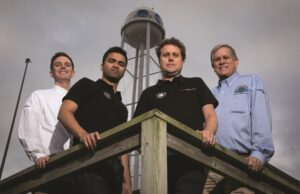
This could be a pivotal year for the Virginia Space.
The post State Fight: Virginia is for rockets appeared first on SpaceNews.
Starship lookalike among China’s new human spaceflight concepts
Thursday, 17 February 2022 18:40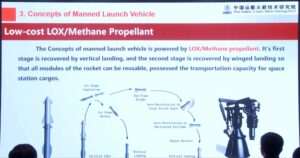
China is researching and developing new vehicles for various human spaceflight missions, including a new methane-fueled launcher apparently inspired by SpaceX.
Space acquisition nominee: Satellites must be defended, ‘the economy depends on space’
Thursday, 17 February 2022 18:36
Frank Calvelli, nominated by President Biden to be assistant secretary of the Air Force for space acquisition and integration, said Feb. 17 that the United States needs to move quickly to protect satellites so they can be “counted on during times of crisis and conflict.
Wanted: your new ideas for navigation
Thursday, 17 February 2022 13:52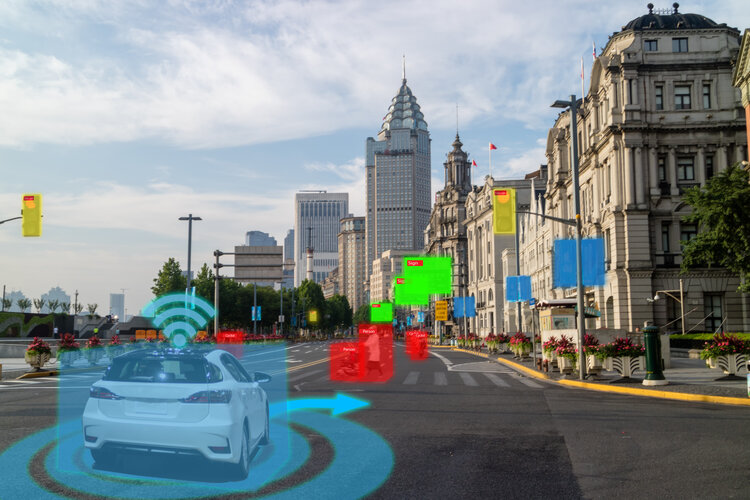
It is hard to overstate the importance of knowing precisely where (and when) you are and where you are going within today’s economy and society. Do you have a promising idea to improve the current positioning state-of-the-art? Then ESA’s navigation-focused NAVISP research programme wants to hear from you, before the end of March.
SpaceLink hires Axiom to support ISS communications demonstration
Thursday, 17 February 2022 13:00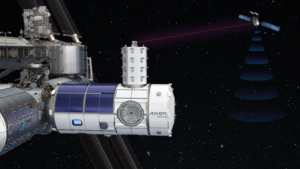
SpaceLink announced plans Feb. 17 to work with Axiom Space to conduct the first demonstration of its space data relay service on the International Space Station.
The post SpaceLink hires Axiom to support ISS communications demonstration appeared first on SpaceNews.
Astroscale preparing to restart debris-removal demo
Thursday, 17 February 2022 11:04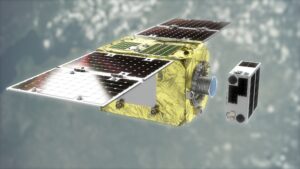
Astroscale said Feb. 17 it is preparing to resume an attempt to capture a satellite acting as a piece of debris in low Earth orbit, after pausing the demonstration three weeks ago to troubleshoot undisclosed problems.
Shanghai signs agreement with China’s megaconstellation group, aims to foster commercial space hub
Thursday, 17 February 2022 10:31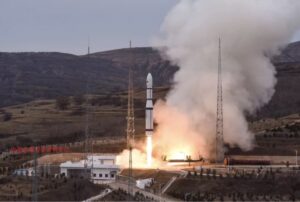
Shanghai local government entered an agreement with the state company responsible for China’s planned broadband megaconstellation Wednesday, while also aiming to foster a space hub to support reusable rockets and satellite mass production.
ESA to set up committee to study human space exploration options
Thursday, 17 February 2022 09:21
The European Space Agency will establish a committee with representatives from both inside and outside the space industry to develop options for a European human space exploration program.
The post ESA to set up committee to study human space exploration options appeared first on SpaceNews.
Gaia reveals a new member of the Milky Way family
Thursday, 17 February 2022 07:00 Image:
Image:
Our galaxy, the Milky Way, began forming around 12 billion years ago. Since then, it has been growing in both mass and size through a sequence of mergers with other galaxies.
Perhaps most exciting is that this process has not quite finished, and by using data from ESA’s Gaia spacecraft, astronomers can see it taking place. This in turn allows to reconstruct the history of our galaxy, revealing the ‘family tree’ of smaller galaxies that has helped make the Milky Way what it is today.
The latest work on this subject comes from Khyati Malhan, a Humboldt Fellow at the
How to design a sail that won't tear or melt on an interstellar voyage
Thursday, 17 February 2022 04:47 Astronomers have been waiting decades for the launch of the James Webb Space Telescope, which promises to peer farther into space than ever before. But if humans want to actually reach our nearest stellar neighbor, they will need to wait quite a bit longer: a probe sent to Alpha Centauri with a rocket would need roughly 80,000 years to make the trip.
Igor Bargatin, Associate Professor in t
Astronomers have been waiting decades for the launch of the James Webb Space Telescope, which promises to peer farther into space than ever before. But if humans want to actually reach our nearest stellar neighbor, they will need to wait quite a bit longer: a probe sent to Alpha Centauri with a rocket would need roughly 80,000 years to make the trip.
Igor Bargatin, Associate Professor in t Aerojet Rocketdyne positioned to continue driving growth, profitability and value creation
Thursday, 17 February 2022 04:47 Aerojet Rocketdyne Holdings, Inc. has reaffirmed its strong foundation for substantial value creation following the termination of its merger agreement with Lockheed Martin Corporation. The Company issued the following statement:
We are poised to deliver substantial value to our shareholders driven by our continued leadership in key space exploration and defense growth markets, including b
Aerojet Rocketdyne Holdings, Inc. has reaffirmed its strong foundation for substantial value creation following the termination of its merger agreement with Lockheed Martin Corporation. The Company issued the following statement:
We are poised to deliver substantial value to our shareholders driven by our continued leadership in key space exploration and defense growth markets, including b Digi-Key to distribute EPC Space Rad Hard devices worldwide for space applications
Thursday, 17 February 2022 04:47 EPC Space has announced that Digi-Key Electronics will be a global distributor for EPC Space's line of radiation hardened (rad hard) GaN-on-silicon transistors and ICs, packaged, tested, and qualified for satellite and high-reliability applications.
Spanning a range of 40 V to 300 V, EPC Space offers a family of rad hard enhancement mode power transistors. These power transistors demonstra
EPC Space has announced that Digi-Key Electronics will be a global distributor for EPC Space's line of radiation hardened (rad hard) GaN-on-silicon transistors and ICs, packaged, tested, and qualified for satellite and high-reliability applications.
Spanning a range of 40 V to 300 V, EPC Space offers a family of rad hard enhancement mode power transistors. These power transistors demonstra 
